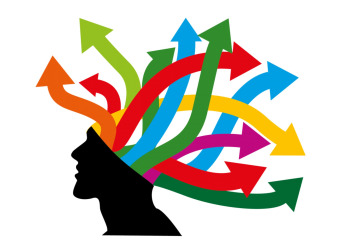What is Dysgraphia?
Dysgraphia is a neurological condition that affects writing abilities, making it difficult for individuals to write clearly and coherently. It is not linked to intelligence but rather to difficulties with fine motor skills and language processing.
What causes Dysgraphia?
Dysgraphia is believed to be caused by differences in brain function that affect motor coordination and writing-related skills. It can occur on its own or alongside other conditions such as dyslexia or ADHD. The exact cause is not fully understood, but it is thought to have a neurological basis.
What are the symptoms of Dysgraphia?
The symptoms of Dysgraphia vary from person to person, but common features include:
Writing difficulties:
- Illegible or inconsistent handwriting
- Difficulty spacing letters and words correctly
- Trouble forming letters and numbers
Cognitive and motor challenges:
- Struggles with spelling and punctuation
- Difficulty organising thoughts on paper
- Slow or laboured writing
- Hand pain or fatigue when writing
If you are concerned that you or your child may have Dysgraphia, it is important to speak to a doctor or specialist for a diagnosis.















